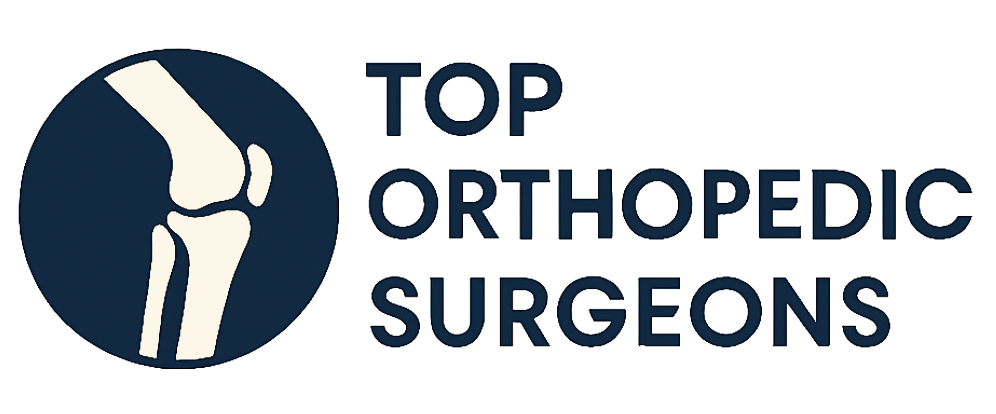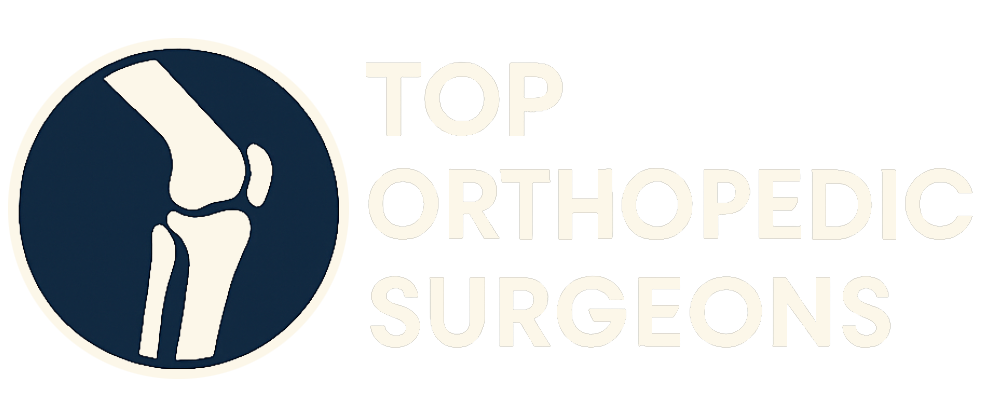Women’s orthopedic health requires specialized attention. Throughout their lives, women experience unique hormonal changes, anatomical differences, and lifestyle factors that can significantly impact their musculoskeletal system. Understanding these distinctions is crucial for proactive care and effective management of orthopedic conditions.
Understanding the Unique Orthopedic Needs of Women
Several factors contribute to the increased prevalence of certain orthopedic issues in women. These include hormonal influences, anatomical variations, and the impact of pregnancy and childbirth. Recognizing these factors can help women make informed decisions about their health and well-being.
Hormonal Influences
Estrogen plays a vital role in maintaining bone density. As women age and approach menopause, estrogen levels decline, leading to an increased risk of osteoporosis and fractures. This hormonal shift can weaken bones, making them more susceptible to breaks, particularly in the hip, spine, and wrist.
Anatomical Differences
Women typically have a wider pelvis and a greater Q-angle (the angle between the quadriceps muscle and the patellar tendon) compared to men. These anatomical differences can increase the risk of knee pain, patellofemoral pain syndrome (runner’s knee), and ACL tears.
Pregnancy and Childbirth
Pregnancy and childbirth place considerable stress on the musculoskeletal system. The weight gain and hormonal changes during pregnancy can lead to back pain, hip pain, and sacroiliac joint dysfunction. Additionally, the process of childbirth can sometimes result in pelvic floor dysfunction and related orthopedic issues.
Common Orthopedic Conditions Affecting Women
Women are more prone to certain orthopedic conditions than men. Understanding these conditions, their symptoms, and available treatment options is essential for early intervention and effective management.
Osteoporosis
Osteoporosis is a condition characterized by decreased bone density and increased risk of fractures. Women are at a significantly higher risk of developing osteoporosis than men, primarily due to hormonal changes associated with menopause. Regular bone density screenings (DEXA scans), a calcium-rich diet, vitamin D supplementation, and weight-bearing exercises are crucial for prevention and management.
ACL Tears
Anterior cruciate ligament (ACL) tears are more common in female athletes than in male athletes. This is attributed to a combination of anatomical, hormonal, and neuromuscular factors. Proper training techniques, including strength training, agility exercises, and plyometrics, can help reduce the risk of ACL injuries.
Hip Dysplasia
Hip dysplasia, a condition where the hip socket does not fully cover the ball of the upper thighbone, is more prevalent in women. This can lead to hip pain, instability, and an increased risk of osteoarthritis later in life. Early diagnosis and treatment, which may include physical therapy or surgery, are essential to prevent long-term complications.
Osteoarthritis
Osteoarthritis, a degenerative joint disease, affects women more frequently than men, especially after menopause. Hormonal changes, genetics, and previous injuries can contribute to the development of osteoarthritis. Management strategies include pain relief medications, physical therapy, weight management, and, in severe cases, joint replacement surgery.
Carpal Tunnel Syndrome
Carpal tunnel syndrome, a condition caused by compression of the median nerve in the wrist, is also more common in women. This can result in numbness, tingling, and pain in the hand and fingers. Treatment options include wrist splints, physical therapy, and, in some cases, surgery to release the pressure on the nerve.
Foot and Ankle Problems
Women are more likely to experience foot and ankle problems, such as bunions, plantar fasciitis, and stress fractures. High heels, tight shoes, and pregnancy can contribute to these conditions. Proper footwear, orthotics, and stretching exercises can help alleviate symptoms and prevent further complications.
Preventative Strategies for Women’s Orthopedic Health
Prevention is key to maintaining optimal orthopedic health. By adopting healthy lifestyle habits and taking proactive measures, women can significantly reduce their risk of developing orthopedic problems.
Maintain a Healthy Weight
Excess weight puts additional stress on joints, particularly the knees and hips. Maintaining a healthy weight through a balanced diet and regular exercise can help reduce the risk of osteoarthritis and other weight-related orthopedic issues.
Engage in Regular Exercise
Weight-bearing exercises, such as walking, jogging, and dancing, help strengthen bones and improve bone density. Strength training exercises build muscle mass, which supports and protects joints. Flexibility exercises, such as stretching and yoga, improve range of motion and reduce the risk of injuries.
Consume a Balanced Diet
A diet rich in calcium and vitamin D is essential for bone health. Good sources of calcium include dairy products, leafy green vegetables, and fortified foods. Vitamin D can be obtained from sunlight exposure, fortified foods, and supplements. Adequate protein intake is also important for muscle strength and repair.
Practice Proper Posture
Maintaining good posture while sitting, standing, and lifting can help prevent back pain and other musculoskeletal problems. Use ergonomic equipment in the workplace, take frequent breaks to stretch, and avoid prolonged periods of sitting or standing in the same position.
Wear Supportive Footwear
Choose shoes that provide adequate support and cushioning, especially during physical activities. Avoid wearing high heels for extended periods, as they can contribute to foot and ankle problems, as well as back pain.
Avoid Smoking and Excessive Alcohol Consumption
Smoking and excessive alcohol consumption can negatively impact bone health. Smoking impairs bone formation and increases the risk of fractures. Excessive alcohol consumption can interfere with calcium absorption and bone metabolism.
Regular Bone Density Screenings
Women should undergo regular bone density screenings, especially after menopause, to assess their risk of osteoporosis. Early detection allows for timely intervention and management to prevent fractures.
Treatment Options for Orthopedic Conditions in Women
When orthopedic problems arise, a variety of treatment options are available. The choice of treatment depends on the specific condition, its severity, and the individual’s overall health.
Non-Surgical Treatments
Many orthopedic conditions can be effectively managed with non-surgical treatments. These may include:
- Physical Therapy: Exercises and stretches to improve strength, flexibility, and range of motion.
- Medications: Pain relievers, anti-inflammatory drugs, and bone-strengthening medications.
- Braces and Orthotics: To provide support and stability to joints.
- Injections: Corticosteroid injections to reduce pain and inflammation.
Surgical Treatments
In some cases, surgery may be necessary to correct orthopedic problems. Common surgical procedures include:
- Joint Replacement: Replacing damaged joints with artificial implants.
- Arthroscopy: Using a small camera and instruments to repair joint damage.
- Fracture Repair: Stabilizing broken bones with plates, screws, or rods.
- Ligament Reconstruction: Repairing or replacing torn ligaments.
Finding the Right Orthopedic Specialist
Choosing the right orthopedic specialist is crucial for receiving quality care and achieving optimal outcomes. Consider the following factors when selecting a specialist:
- Board Certification: Ensures the specialist has met rigorous standards of training and expertise.
- Experience: Look for a specialist with experience in treating your specific condition.
- Specialization: Some orthopedic specialists focus on specific areas of the body, such as the knee, hip, or spine.
- Patient Reviews: Read online reviews to get an idea of the specialist’s reputation and patient satisfaction.
- Communication Style: Choose a specialist who communicates clearly and is willing to answer your questions.
Empowering Women Through Knowledge
Understanding the unique orthopedic needs of women is essential for promoting lifelong health and well-being. By staying informed, adopting preventative strategies, and seeking timely medical care, women can proactively manage their orthopedic health and enjoy an active, fulfilling life. Remember, knowledge is power, and empowering yourself with information is the first step towards taking control of your orthopedic health journey.


